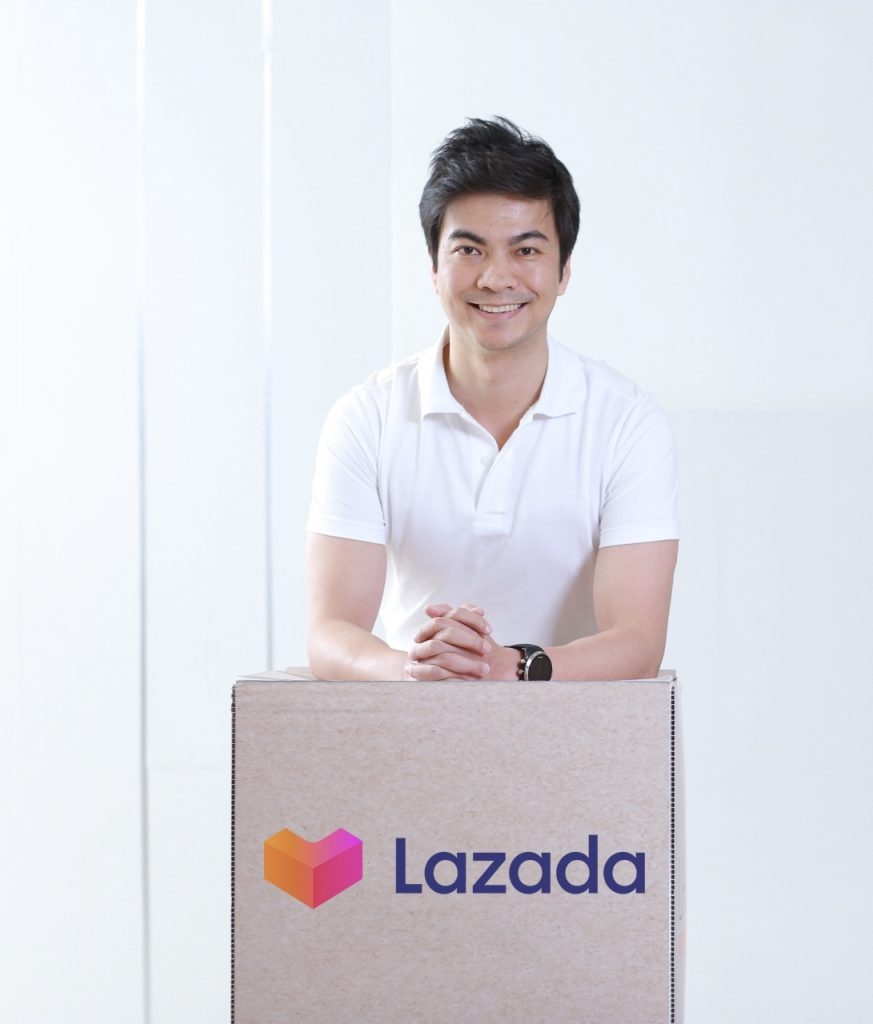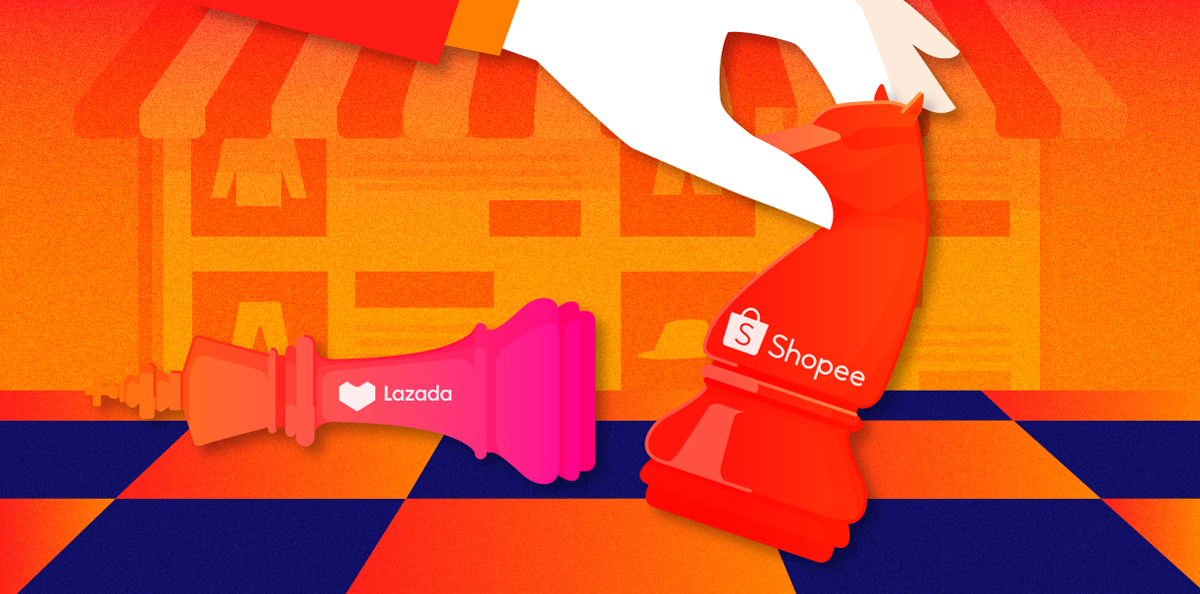Life at Lazada appeared to be on an upswing. Shopee, its fiercest rival, opted to ease off its growth acceleration in favor of a more stable approach toward profitability. TikTok Shop, the newly emerged competitor, faced setbacks in Indonesia for months until it recently found a breakthrough by allying with GoTo Group’s Tokopedia. Lazada’s order numbers have also been growing while gradually reducing its losses each quarter.
Lazada, Alibaba Group’s primary e-commerce platform in Southeast Asia, seemed poised to maintain its stronghold in the region for what appeared to be a promising 2024. However, as first reported by The Edge, the company suddenly laid off over 100 employees on January 3, with observers stating that up to 30% of its entire regional workforce could be let go, including even senior management in countries like Singapore and Malaysia.
How do we rationalize this unexpected move?
The reality, unpleasant as it may be, is that this may have been a long time coming.
Established in Singapore in 2012, Lazada experienced a meteoric rise despite the nascency of both the company and industry at that time. The company’s gross merchandise value (GMV) exceeded USD 1.3 billion in less than three years, making it the then-largest e-commerce platform in Southeast Asia. Its stellar performance drew the interest of Alibaba, which acquired a controlling stake in the company for USD 1 billion in 2016.
Alibaba made the acquisition with high hopes for what Lazada could achieve in Southeast Asia, often touting its potential in reports and performance release calls—its name mentioned alongside other international e-commerce businesses under its banner, including the likes of Trendyol for Turkey and Daraz for South Asia. International digital commerce is viewed favorably among the senior ranks of Alibaba—its importance is embodied by its distinction as one of the organization’s six major business groups following the “1+6+N” restructuring exercise announced in March 2023.
Alibaba has invested heavily into Lazada to fulfill its ambitions. Including the 2016 acquisition outlay, the Chinese internet conglomerate has injected approximately USD 7.47 billion into the Southeast Asian e-commerce company, including a recent infusion of USD 634 million in December 2023. That averages out to slightly less than USD 1 billion per year.
While Alibaba’s financing has provided a safety net allowing for patience in Lazada’s pursuit of profitability, the crux of the issue arises from the latter hitherto lacking a formula for sustainable success in the region.
Lazada has been consistently overshadowed by incumbent market leader Shopee even before the turn of the new decade, despite having a headstart early on. According to Momentum Works, Lazada holds a smaller market share than Shopee across Southeast Asia’s six major economies, including Singapore, Malaysia, Indonesia, Thailand, Vietnam, and the Philippines. Shopee’s total GMV in Southeast Asia was USD 47.9 billion in 2022, nearly half of the region’s total e-commerce GMV (USD 99.5 billion) and more than double of Lazada’s (USD 20.1 billion). Domestic e-commerce marketplaces, such as Bukalapak and Blibli in Indonesia, pose additional challenges it must contend with.
It is no secret that Alibaba has, on several occasions at least, been fazed by the cutthroat competition Lazada faces. Since it gained control of the company, leadership rotations have become a staple at Lazada, with the CEO position shuffled multiple times in pursuit of new solutions. In 2022, the company named James Dong (also known as Dong Zheng), its former Thailand and Vietnam head, as the replacement of Chun Li, who took over the reins from Pierre Poignant, a co-founder of Lazada, in mid-2020. Poignant had served as Lazada’s COO since its establishment before he succeeded Lucy Peng (also known as Peng Lei) as the company’s CEO in December 2018, when Peng became chairman.

There is little indication how these leadership changes, or the adjustments that ensued, have benefited Lazada. If anything, they offer insight into how Alibaba’s involvement might have complicated progress following the acquisition.
For one, save for Poignant, every other individual who has served as CEO of Lazada appeared to be nominated by Alibaba, destined to execute its directives. This notably went against Alibaba’s initial promise that Lazada would be able to retain a certain level of autonomy post-acquisition. Even during the period when Poignant was serving as CEO, Daniel Zhang (also known as Zhang Yong), the then-CEO of Alibaba, reportedly held significant control over proceedings at Lazada and traveled inbound regularly to oversee the business personally.

Alibaba’s intimate involvement in Lazada is one of the primary factors that resulted in cultural fragmentation, with several cultures taking shape within the latter: the more direct Alibaba-inspired culture, a professionalism-focused culture inherited from Lazada’s old guard, and the more reserved culture in certain parts of Southeast Asia like Indonesia.
These cultures did not always mesh well with each other, leading to internal chaos that diverted Lazada’s attention away from the abundant opportunities, particularly during the pandemic. More importantly, while the company was preoccupied with resolving its own differences, it became sluggish in responding to the workings of its competitors. Operational efficiency took a back seat, core capabilities stagnated, and attrition rates rose, providing Lazada’s competitors with an opening to capitalize.
Alibaba wanted to be more involved because it believed it had the right solutions to the competition Lazada faced—all it needed was on-the-ground execution. Yet, in retrospect, its involvement during that period may have backfired, serving as a distraction and hindering progress.
When the dust finally settled, and Lazada returned to the fold, it found itself grappling not only with Shopee but also with contenders like Tokopedia and TikTok Shop, among others, that have grown to become formidable competitors in their own right.
Adding to Lazada’s challenges is the fact that Southeast Asia, a market still teeming with opportunity, might witness the arrival of more entrants. For instance, Temu, an e-commerce platform under PDD Holdings, the titan behind Pinduoduo, entered the scene in Q3 last year, adding another competitor that Lazada has to contend with. Malaysia and the Philippines are among Temu’s initial target markets within the region.
Alibaba, while publicly resolute in its support of Lazada, also owns other e-commerce platforms that are already accessible in Southeast Asia to varying extents, including AliExpress as well as Taobao and Tmall, with the latter two primarily catering to customers in Chinese-speaking regions.
In addition, plans are underway for 1688.com, Alibaba’s factory-direct shopping platform, to venture into cross-border e-commerce following reports of its upgrade into a primary business within the Taobao Tmall Commerce Group.
Alibaba’s exposure to Southeast Asia isn’t confined to Lazada alone, and with international digital commerce being a major part of its agenda, the pressure is on Lazada to generate profits to secure its position in the group.
When viewed from this perspective, 2024 could very well shape up to be a pivotal year for Lazada, and may hence clarify why it has now decided to take a leaf out of Shopee’s playbook.
After heavily investing in low-price strategies and aggressive marketing, Shopee secured the top position but found itself entrenched in a state of losses, sustained only by profits from Garena, the digital entertainment arm of Sea, its parent company. Even the market leader could not change its fortunes despite its dominance until it finally chose to cut back on marketing expenses and subsidies, and most significantly, reduce its staff headcount. Last year, Shopee saw consecutive profitable quarters for the first time ever.
With so much seemingly on the line for Lazada, there’s little reason for it not to try and do the same now.

